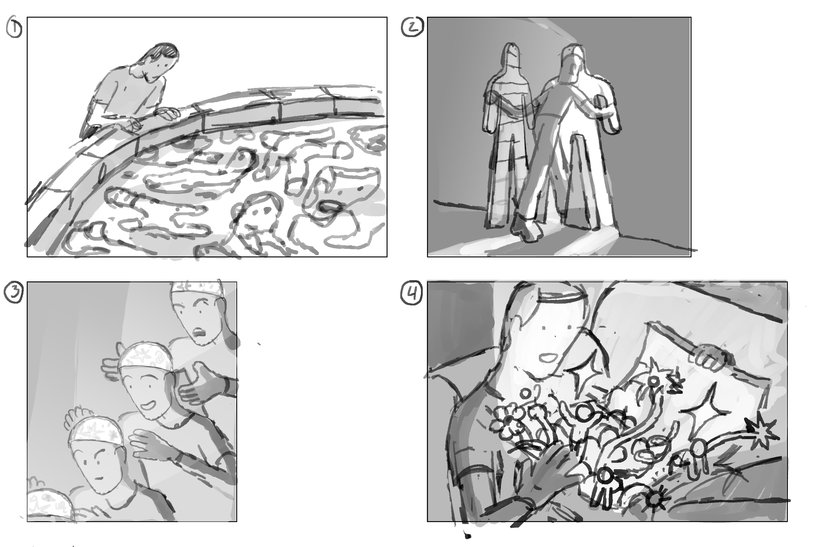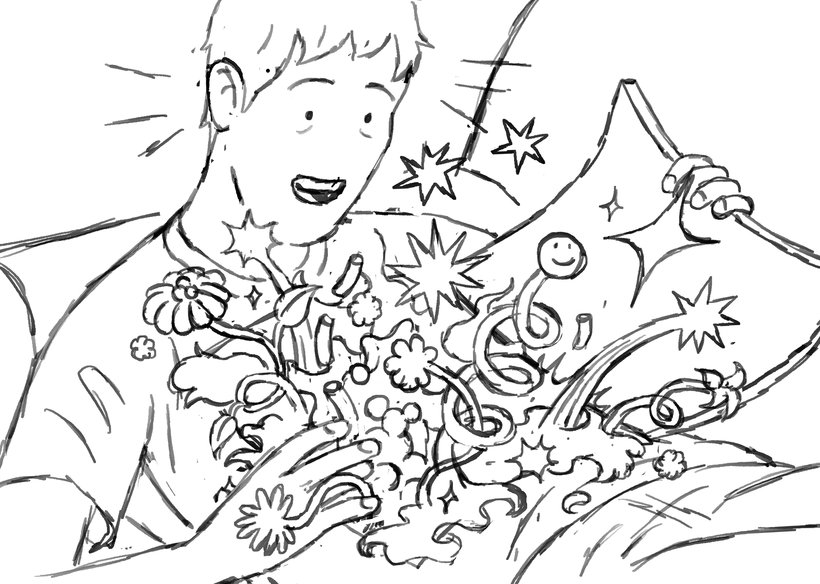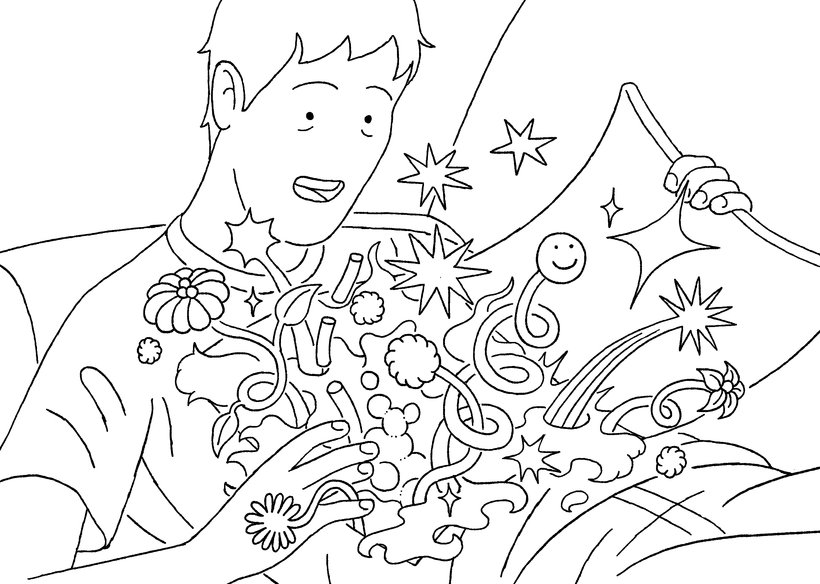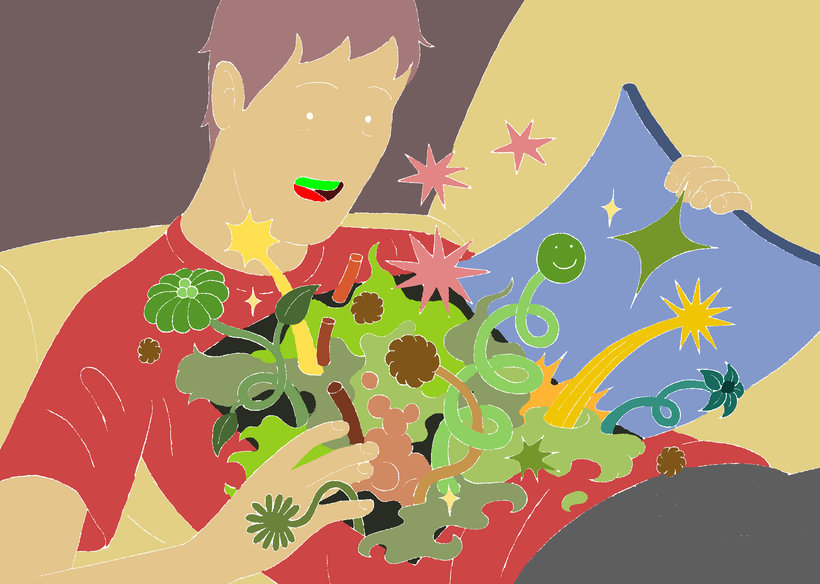Editorial Illustration: From Concept to Published Artwork
Course final project
A course by Tim Peacock , Illustrator and Cartoonist
About the final project for: Editorial Illustration: From Concept to Published Artwork
Editorial Illustration: From Concept to Published Artwork
“And that brings us to the end of the course. The editorial illustration might feel like an intimidating and mysterious industry, and I don’t feel there is any definitive source of good information since it is an ever-changing industry and the professional paths are so unique. However, I hope I did my very best to share with you all of the information you will need to begin to work towards creating powerful illustrations and use them to kickstart your career. Let’s go over my process I also talked about a few fundamental ideas of what makes up a good illustration, focusing not just on the drawing, but on your original and smart ideas. Also, there is no one right way to approach making a good illustration, which can make it so special and exciting. I touch on the possibility of being able to work traditionally and talk about my favorite drawing tools. Using a brief that I provided as I guideline I talk about how you can approach concepts in illustration using symbols and metaphors to stretch the way you think about something in as many ways as possible. Then, using those methods, you can create thumbnail sketches to show a variety of different approaches, compositions, and ideas to show a client while focusing on the clarity of the idea. After choosing an illustration to move forward to a more refined sketch where you have fun and work out all of the details and any drawing problems, putting the meat on the bones of the illustration. Using your refined sketch as an underdrawing, you can then create the final line work for the illustration focusing on the quality and intention of the lines. With the lines finished, we then move on to the color stage where we first create color flats to make selections easier. After having established a light source, we create a simple drop shadow layer to begin to give some more depth to our lines and ground them in the space. I show you how to create your textures from scratch and how to scan them in and separate them from the white of the paper to use for many future illustrations. We then bring in textures to the illustration, and using masks, we isolate different textures, slowly filling out the illustration and building up layers to create richness and depth. From there, we add a few adjustment layers and do the final tweaks of the illustration to make sure that everything sits right and has a good balance.





Partial transcription of the video
“Final Project That concludes our course in editorial illustration. I hope I equipped you with some tools on how to think and how to do illustrations of your own. Before I say goodbye, I'll go over the steps to complete your final project. We went over the history of illustration and how it looks like today. I also talked about what some clients you might work with look like and how that works. I touched on a few of the elements of what makes a good editorial illustration and that there are many ways to get there. Using a creative brief as a guideline, you learn my process of how I start to ...”
This transcript is automatically generated, so it may contain mistakes.
Course summary for: Editorial Illustration: From Concept to Published Artwork
-
Category
Illustration -
Software
Adobe Photoshop -
Areas
Digital Illustration, Editorial Design, Editorial Illustration, Traditional illustration

Tim Peacock
A course by Tim Peacock
Tim Peacock is an illustrator and cartoonist currently based in Brooklyn, NY. He graduated from Ringling College of Art and Design with a BFA in illustration. Specializing in editorial and advertising, Tim’s work has been recognized by The Society of Illustrators, American Illustration, The Society of Publication Designers, and CMYK, to name a few.
His client list includes editorials such as The New York Times, The New Yorker, The Wall Street Journal, The Washington Post, The Boston Globe, NBC News, The Atlantic, Playboy, Billboard, MIT Technology Review, and Vice.
- 100% positive reviews (90)
- 2,046 students
- 27 lessons (4h 28m)
- 17 additional resources (4 files)
- Online and at your own pace
- Available on the app
- Audio: English
- Spanish · English · Portuguese · German · French · Italian · Polish · Dutch · Turkish · Romanian · Indonesian
- Level: Beginner
- Unlimited access forever
Category
Areas




